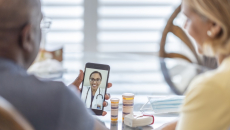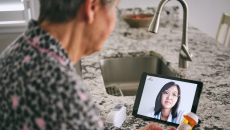Life Sciences
Noom teams up with LillyDirect pharmacy provider Gifthealth to offer access to single-dose vials of Zepbound.
Trace will use Unlearn's digital twin generator for ALS to create digital twins of clinical trial participants to advance ALS research.
The judge ruled that the FDA overstepped its authority by regulating LDTs as medical devices, overturning the rule and remanding it to the HHS Secretary for review.
HIMSS25
Although some patients and clinicians are hesitant to accept the use of AI in behavioral health, Dr. Colin Banas, DrFirst's chief medical officer, says AI can help customize outreach messages and educate patients about medication.
The company will use the funds for AI research and to advance its programs in clinical development.
CZ Biohub San Francisco and CZ Institute for Advanced Biological Imaging join forces to form a new Biohub.
Validic partners with Person Family Medical Center to promote heart health, and Hazel Health provides mental health services to North Carolina students.
The partnership will give customers easy access to GLP-1 class drugs and other anti-obesity medications.
The collaboration aims to integrate Lamar Health's specialty medication-focused AI platform into Uptiv Health's operations.









